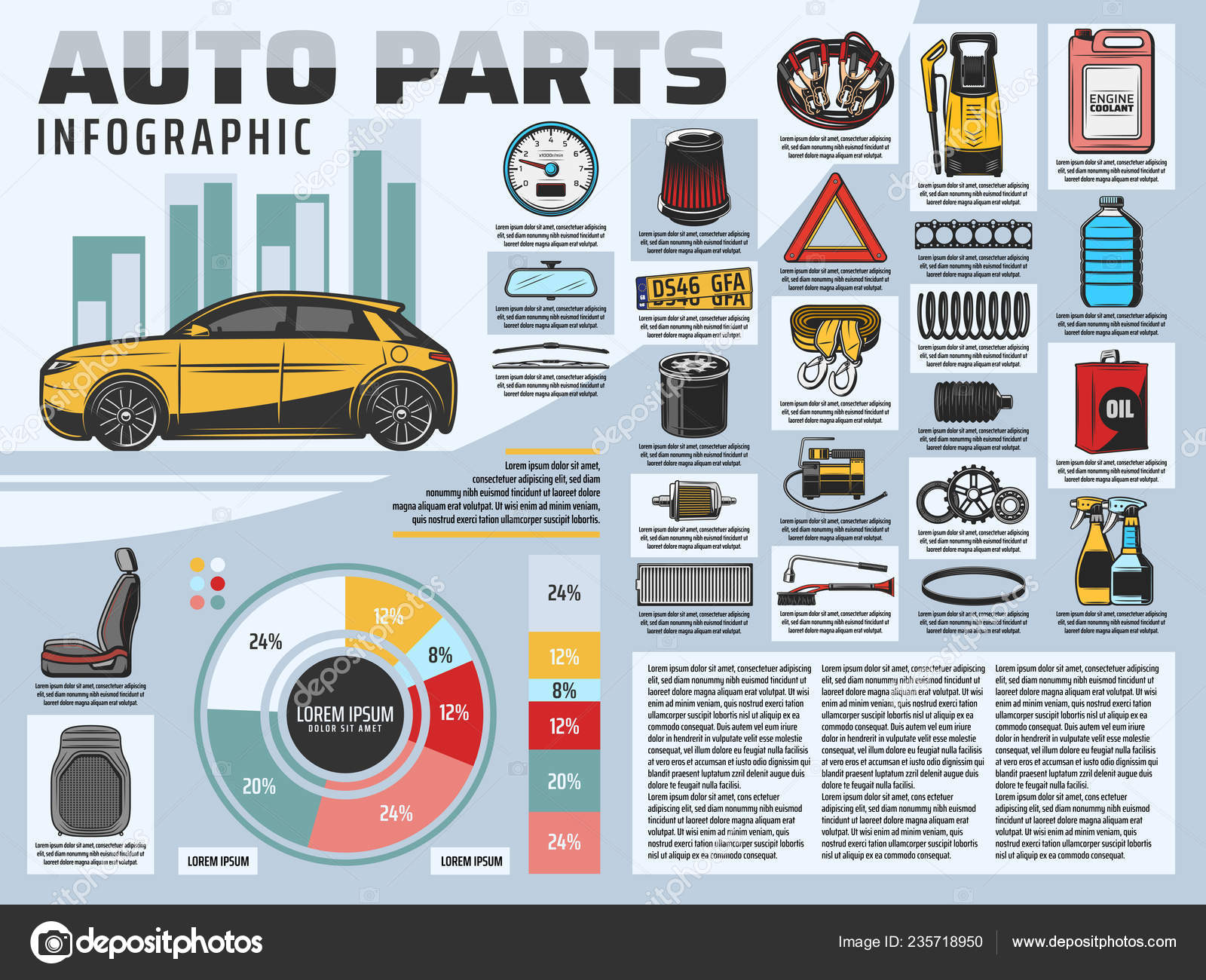Analyzing Your Car'S Warning Indicators: What They Actually Share
Analyzing Your Car'S Warning Indicators: What They Actually Share
Blog Article
Web Content Writer-Samuelsen Torres
When you're behind the wheel, those glowing warning lights on your control panel can be a bit complicated. Do you recognize what they're trying to inform you regarding your car's health? Recognizing the value of these lights is important for your security and the longevity of your vehicle. So, the next time one of those lights turns up, wouldn't you intend to decode its message properly and take the required steps to address it?
Common Caution Lighting and Interpretations
Identify usual caution lights in your cars and truck and understand their definitions to make sure risk-free driving.
The most typical caution lights consist of the check engine light, which signifies issues with the engine or discharges system. If this light begins, it's crucial to have your vehicle inspected promptly.
The oil stress cautioning light suggests low oil pressure, requiring immediate attention to prevent engine damages.
A flashing battery light could suggest a faulty billing system, possibly leaving you stranded if not attended to.
The tire pressure tracking system (TPMS) light alerts you to low tire stress, influencing car stability and gas efficiency. Ignoring this could bring about hazardous driving problems.
The abdominal muscle light shows an issue with the anti-lock braking system, jeopardizing your ability to stop rapidly in emergencies.
Finally, the coolant temperature level cautioning light warns of engine getting too hot, which can cause extreme damages if not dealt with promptly.
Recognizing helpful site will certainly help you address problems quickly and keep secure driving problems.
Significance of Prompt Interest
Understanding the typical warning lights in your vehicle is just the initial step; the value of without delay addressing these warnings can't be stressed enough to guarantee your safety on the road.
When a warning light illuminates on your control panel, it's your vehicle's method of interacting a potential concern that requires focus. Ignoring these cautions can bring about extra extreme problems down the road, jeopardizing your safety and security and potentially costing you a lot more out of commission.
Trigger focus to alerting lights can protect against break downs and accidents. For instance, a flashing check engine light might indicate a misfire that, if left neglected, could trigger damage to the catalytic converter. Resolving this immediately can conserve you from an expensive fixing.
Likewise, a brake system warning light may indicate reduced brake liquid or used brake pads, crucial parts for your safety and security when driving.
DIY Troubleshooting Tips
If you see a warning light on your dashboard, there are a few DIY repairing ideas you can try prior to seeking specialist help.
Learn More Here is to consult your auto's manual to comprehend what the particular caution light shows. In some cases the issue can be as simple as a loosened gas cap setting off the check engine light. Tightening the gas cap might fix the issue.
Another usual problem is a reduced battery, which can trigger various alerting lights. Examining https://zanehyoeu.blogacep.com/37320368/mobile-cars-and-truck-explaining-ease-satisfies-quality-for-your-lorry for rust and ensuring they're secure may fix the issue.
If a warning light continues, you can attempt resetting it by disconnecting the auto's battery for a few mins and afterwards reconnecting it. Furthermore, inspecting your car's liquid degrees, such as oil, coolant, and brake fluid, can aid fix cautioning lights connected to these systems.
Final thought
In conclusion, understanding your cars and truck's caution lights is vital for maintaining your vehicle running smoothly and safely. By without delay addressing these alerts and understanding what they mean, you can avoid expensive fixings and potential malfunctions.
Keep in mind to consult your car's guidebook for certain details on each advising light and do something about it as necessary to make certain a hassle-free driving experience.
Remain educated, stay safe when driving!
